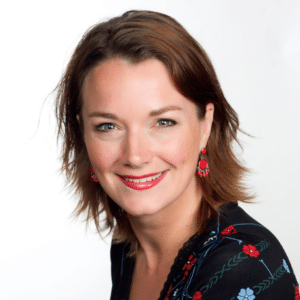Woest is een cultuureducatiefestival voor en door jongeren en biedt een plek voor experiment buiten het onderwijs. Woest is een uniek samenwerkingsverband tussen onderwijs, de cultuuraanbieders en jongeren. Wat Woest namelijk uniek maakt, is dat jongeren er zelf nieuwe dingen bedenken die het onderwijs leuker en beter kunnen maken. De stem van de leerling is altijd het uitgangspunt. Afgelopen maanden hebben jongeren en kunstenaars in een gelijkwaardige co-creatie gewerkt aan nieuwe ideeën voor cultuuronderwijs.
Tijdens de festivalweek van 3 t/m 7 juni bezoeken 3500 jongeren het festival in Zwolle. De doelgroep gaat zelf aan de slag met kunst en cultuur door het volgen van workshops.
’s Avonds mogen de beleidsmakers, docenten, ouders en verder iedereen die meer wil weten over jongeren en cultuureducatie zelf ervaren wat de creativiteit van de jongeren heeft opgeleverd.
Geen kunst

Nu zijn we natuurlijk best benieuwd hoe zoiets werkt. Want jongeren zijn best moeilijk in beweging te krijgen voor kunst en cultuur. Volgens Carmen Munsterman, de projectmanager van het festival, is het een kwestie van inzet: ‘We krijgen ze aan het werk door ze echt heel serieus te nemen en vanuit hun eigen ideeën verder te gaan. Het draait dan wel om kunst en cultuur, maar die woorden hoef je echt niet te gebruiken. Vaak beseffen ze helemaal niet dat ze met kunst en cultuur bezig zijn. Als ze filmpjes maken zijn ze creatief bezig, maar de associatie met kunst is er voor hen niet.’
Waarom het woord kunst niet genoemd? Volgens Carmen hebben de meeste jongeren daar hele stoffige associaties mee: ‘Dan gaat het over schilderijen, beelden, musea, saai. Soms moet je dat begrip ‘kunst’ dus opnieuw laden in hun hoofd, door het ze op een andere manier te laten ervaren, door ze er op een andere manier mee bezig te laten gaan. Zodat ze ervaren hoe leuk het kan zijn als ze zich daarin kunnen uiten.’
Blind date
Ze noemt een voorbeeld: ‘Er kwamen jongeren met het plan om een ‘blind date-doolhof’ te maken. Dat begon dus niet met: ‘we willen iets met theater of dans doen’, maar dat begon met brainstormen, met elkaar. Daarna gaat het over zintuigen, over geluiden, over elkaar ontmoeten. Daar komt kunst als vanzelf bij aan bod, omdat je het gaat vormgeven. Er is een kunstenaar bij die meedenkt, er komt muziek bij. Maar steeds bedenken ze het eerst zelf. Vervolgens gaat de kunstenaar het verder ontwikkelen. Dan testen de jongeren het weer en geven ze feedback. In dit geval wilden ze het spannender, er mochten spelelementen in, er mocht competitie in.’
Eigenaar
Vandaar ook het thema van de editie van Woest voor dit jaar: ‘De Spelende Mens’, dat dus ook het uitgangspunt wordt voor wat er kan worden vernieuwd aan het onderwijs: ‘Jongeren weten zelf heel goed waar ze gemotiveerd van raken. Zo krijg je dus aanbod dat veel beter aansluit bij de doelgroep. Het enthousiasme is ook zo groot omdat ze mede eigenaar zijn van dat aanbod.’
